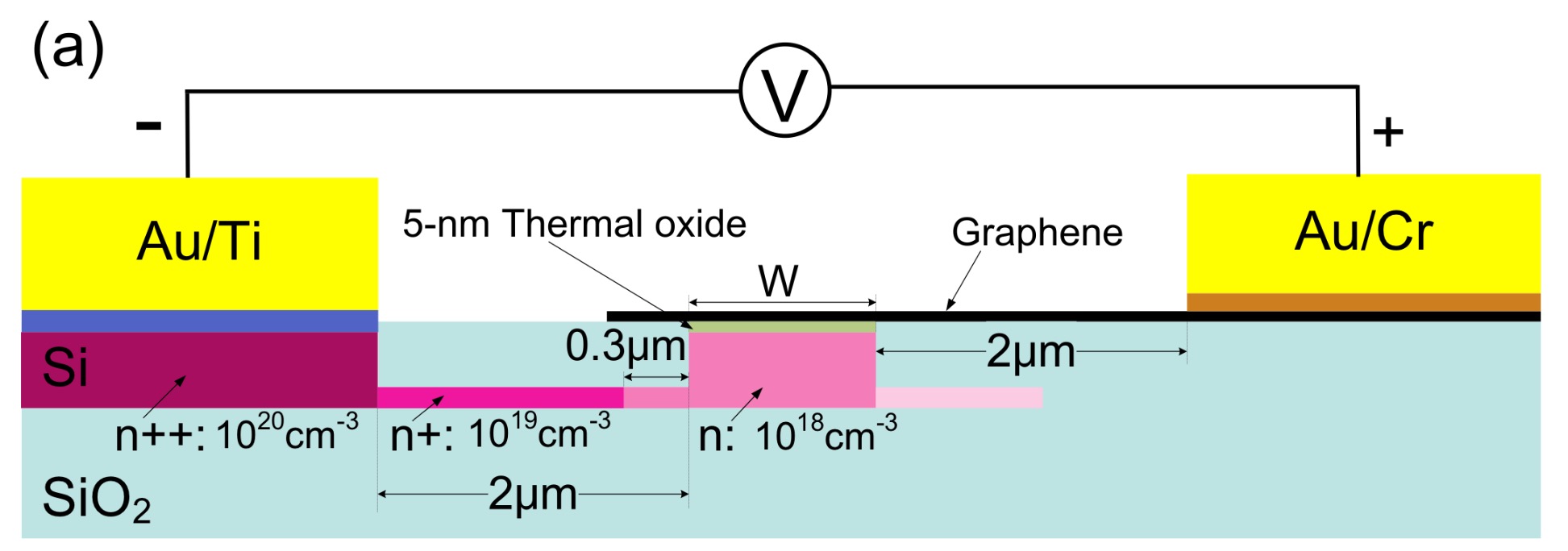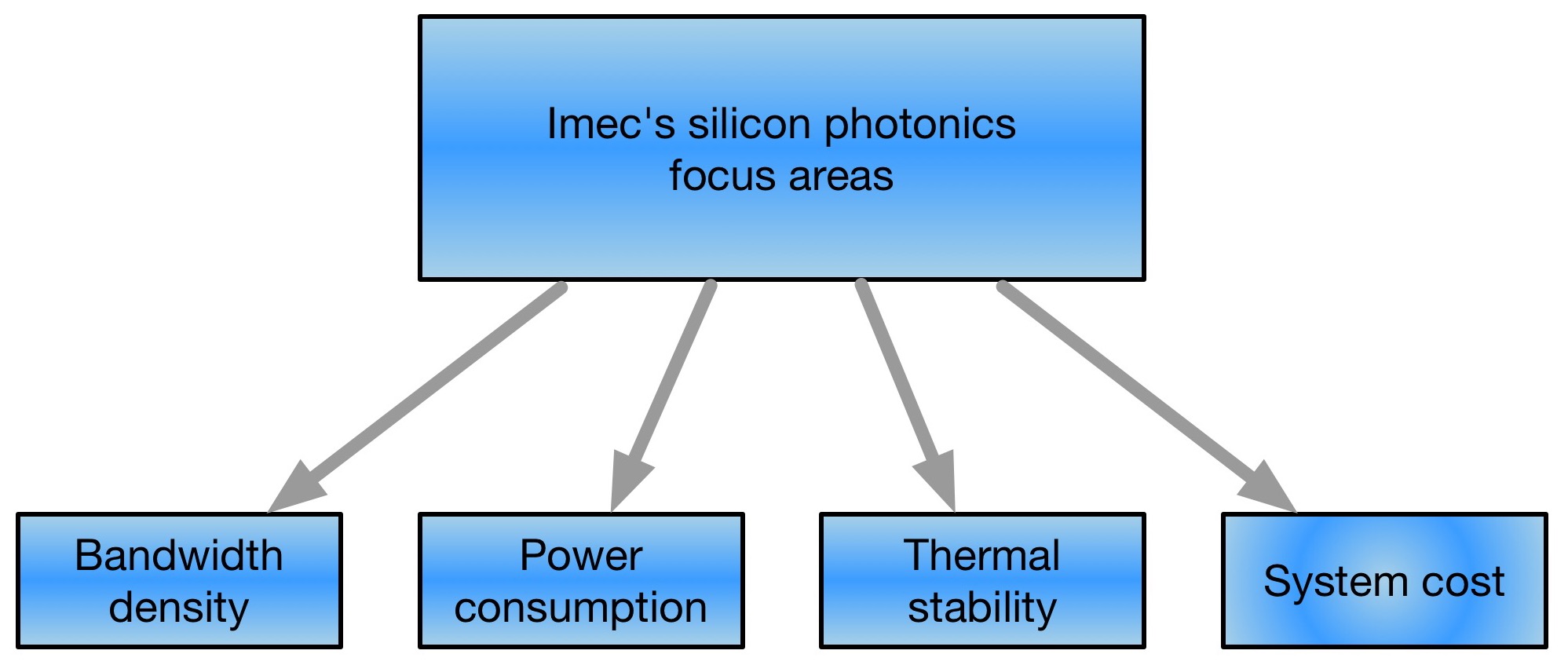Mario Paniccia: We are just at the beginning
 Monday, May 23, 2016 at 9:20AM
Monday, May 23, 2016 at 9:20AM 
Published book, click here
 Monday, May 23, 2016 at 9:20AM
Monday, May 23, 2016 at 9:20AM  Thursday, March 3, 2016 at 9:48AM
Thursday, March 3, 2016 at 9:48AM Luc Van den hove is talking in the darkened ballroom in a hotel next to the brilliantly sunlit marina in Herzliya.
It is the imec's CEO's first trip to Israel and around us the room is being prepared for an afternoon of presentations the Belgium nanoelectronics research centre will give on its work in such areas as the Internet of Things and 5G wireless to an audience of Israeli start-ups and entrepreneurs.
 Luc Van den hoveImec announced in February its plan to merge with iMinds, a Belgium research centre specialising in systems software and security, a move that will add 1,000 staff to imec's 2,500 researchers.
Luc Van den hoveImec announced in February its plan to merge with iMinds, a Belgium research centre specialising in systems software and security, a move that will add 1,000 staff to imec's 2,500 researchers.
At first glance, the world-renown semiconductor process technology R&D centre joining forces with a systems house is a surprising move. But for Van den hove, it is a natural development as the company continues to grow from its technology origins to include systems-based research.
 Wednesday, November 11, 2015 at 8:05AM
Wednesday, November 11, 2015 at 8:05AM Indium phosphide laser arrays have been grown on a 300 mm silicon wafer by Ghent University and imec, the Belgium nano-electronics R&D centre. Growing indium phosphide lasers directly onto the silicon wafer promises compact monolithic silicon photonics circuits.
 Shown are three v-shaped indium phosphide lasers and their gratings on a silicon-on-insulator substrate. Source: Ghent University, imec
Shown are three v-shaped indium phosphide lasers and their gratings on a silicon-on-insulator substrate. Source: Ghent University, imec
Silicon photonics chips are hybrid designs because of silicon’s inability to generate light. Silicon photonics companies either couple a discrete laser to a chip or bond indium phosphide wafers or ‘chiplets' to the silicon wafer and process it to create working lasers that become part of the silicon photonics chip. Growing lasers directly on silicon creates a third approach for the densest applications.
 Tuesday, January 13, 2015 at 2:31PM
Tuesday, January 13, 2015 at 2:31PM
 Cross-section of the graphene electro-absorption modulator. The imec work was first detailed in a paper at the IEDM conference held in December 2014 in San Francisco. Source: imec
Cross-section of the graphene electro-absorption modulator. The imec work was first detailed in a paper at the IEDM conference held in December 2014 in San Francisco. Source: imec
Imec has demonstrated an optical modulator using graphene operating at up to 10 Gigabit. The Belgium nano-electronics centre is exploring graphene - carbon atoms linked in a 2D sheet - as part of its silicon photonics research programme investigating next-generation optical interconnect. Chinese vendor Huawei joined imec's programme late last year.
 Friday, December 19, 2014 at 11:51AM
Friday, December 19, 2014 at 11:51AM Huawei has joined imec, the Belgium nano-electronics research centre, to develop optical interconnect using silicon photonics technology. The strategic agreement follows Huawei's 2013 acquisition of former imec silicon photonics spin-off, Caliopa.
 Source: Gazettabyte
Source: Gazettabyte